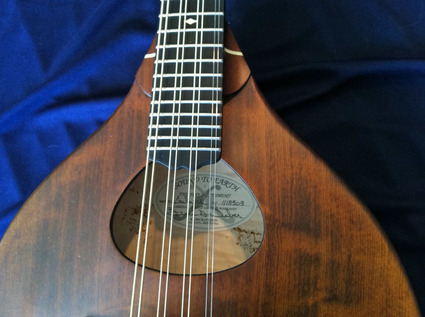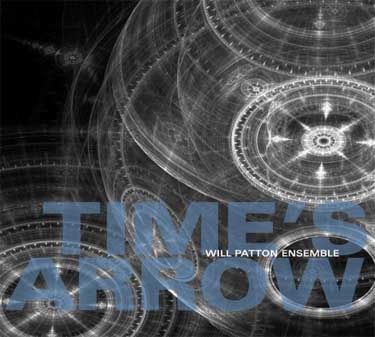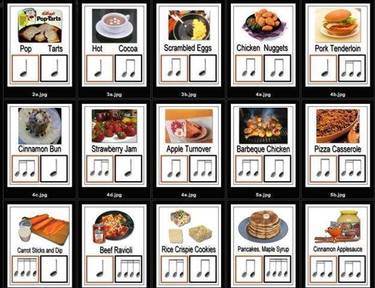« May 2015 |
Main
| July 2015 »
 June 25, 2015 | Lydian spice
June 25, 2015 | Lydian spice
Most of the JazzMando readership is familiar with how the intervals of the Major Scale can be transformed into modes simply by starting the scale and ending it on a different note. You have the Dorian mode by starting on the 2nd note, the Mixolydian by starting on the 5th, and so on. This is arguably counter-intuitive though. Ultimately you want to be able to think of these modes as their own entity. We prefer to conceptualize them as a Major Scale with a note or two altered, the Dorian is a lowered 3rd and 7th, the Mixolydian is the lowered 7th, etc. Ultimately, you need to think these in the way that fits you best.

We're particularly fond of the Lydian Scale, because of the quirky color it puts into a Major Scale. The raised 4th removes the tension resolution of natural 4th to 3rd, and the half-step relationship to the 5th of the scale lends a peculiar sort of temporary, unsettling horizontal resolution to the dominant tone. That's the intellectual way of approaching it, or you can just say you like the sound.
Of course, there's also that disrespectful Tritone that doesn't do its harmonic duty and resolve to a 3rd or 6th like it does in a V7 chord.
You think of the Major 7th chord and how it became its own sort of consonance in 70's pop music. The Carpenters come to mind, especially that multi-track homogeneity of layered brother and sister background vocals, sometimes adding a Major 9th to the mix. You can "evolve" that sound up by adding the raised 11th, which of course is the raised 4th you need to get the Lydian Scale.
It's fun to just add this to your harmonic vocabulary when you have extended solo opportunities on a Major 7 chord. If you play around with it long enough, it just kind of settles into your ear. It's easy to find, too. In relation to the tonic, it's always one string up-one fret up, or one string down-one fret down, kind of like the way a bishop piece moves visually in a game of chess.
Of course you can play it out as a scale, and we have a great exercise to help get this into your fingers, our LydianDUDU drill designed to work on your Right Hand/Left Hand coordination:
Print exercise:  LydianDUDU LydianDUDU
Harmonically, you can play this out by fingering a Major 7th chord based on the 5th degree of the scale. In the key of C, you'd play a G Maj7 over the C. This would give you the F# you need for the raised 4th, and of course spell out a G Maj7 #11.
One of the songs in our "Getting Into Jazz Mandolin" book is based on the Lydian Scale. For a little fun, print out the song and listen to what New England Jazz Mandolinist Will Patton did with the song:
Print song:  Lydia O'Lydia PDF Lydia O'Lydia PDF
Listen:  "Lydia O'Lydia" Will Patton "Lydia O'Lydia" Will Patton
Have yourself some fun by just changing one note!
Further:
Hey, put a Lydian on it!...
Craig Schmoller: Lydia O'Lydia
Lydian Tricks
Even more Tetrachords
Posted by Ted at 7:54 AM
 June 18, 2015 | It's in the hole. (A vs. F)
June 18, 2015 | It's in the hole. (A vs. F)
It's in the hole...
Oval or F?
Query: So just what IS the difference in sound between an F hole and an Oval hole mandolin?
Tonal characteristics aren't easy to pigeonhole (no pun intended) into text, but let's attempt a visual of this...
Place your index finger about three inches from your mouth. Pucker your mouth as if to say "FOOH," blow very fast and hard on your finger. Contemplate the sensation a moment.
Now do the same, except open your mouth to say "FAHH" blowing very slowly, as if to warm your finger.
Again compare this sensation to the first time. Repeat both these and not the difference in feel on you finger pad.
Cold air verses warm air--this is a good metaphor for comparing if not the sound, the effect of the air. Like the "F" hole, sound is forced out quickly, its projection and focus many feet from the player. (Often the player hears an entirely different tone character than audience.) The sound of the Oval hole washes out over the player, and is far more "personal," more intimate, but more prone to being buried in an ensemble situation.
Which is better? If you've burned your finger on the toaster, you're certainly going to blow fast air on it, but if you've come in from a chilly walk on a February Nebraska morning, you'll aim for slow warm air. It's not an issue of one being better than the other, it's a matter of context.
Question: Which should I own, an "F" or an "Oval" hole mandolin?
Answer: Both...
Then again, maybe a D hole...

Above: Weber Gallatin D-hole Mandola
Posted by Ted at 7:20 AM
 June 11, 2015 | Will Patton on the nuances of good tone.
June 11, 2015 | Will Patton on the nuances of good tone.

In our April 2007 issue of MandolinSessions, we interviewed several prominent mandolin professionals about effective tone. Will Patton, Vermont-based jazz mandolin wizard described an important focus in his own playing, "letting a phrase 'breathe' naturally."
"A musical phrase should be like human speech, with inflections, rising and falling. Each phrase has a natural arc to it, let the intensity rise to the emotional high point and then fall off. Singers do it all the time, it makes the music come alive. Singing along with a phrase can sometimes unlock the natural contours."
Without the stability and certainty of solid individual notes, it doesn't matter what you do with the pick, you'll never successfully convey a line. Will confesses the mandolin can have a somewhat limited dynamic range, "Even though the mandolin has a limited range of volume, there's no reason not to take advantage of it. You can only play so loud, but you can really play soft! This technique is greatly aided by a receptive audience, a good sound system, and band mates who are tuned in to what's going on.
There are some lovely techniques for playing soft, including a very gently vibrato played where the neck joins the body. (David) Grisman uses this to great advantage at times. Not unlike a teacher quieting a room by speaking more SOFTLY, it can be very dramatic to have the band come to a whisper in a passage of music." With a well-fretted note, you also have a variety of places on the fretboard to produce a range of sounds.
Patton adds, "Sometimes my students and I will experiment with how many ways we can play ONE NOTE - say a nice Eb on the A string... it can be plucked down near the tailpiece for a bright soft tone with lots of overtones, or played hard and quickly (bluegrass style!) a little further up the body, or the pick can be brought thru the string, almost like you're aiming for a spot about 5 inches below the string, right over the sound hole (assuming an oval hole), which yields a rich full tone, or played up the neck a bit, bringing some other overtones into the sonic mix. This is the pick hand, the left (or fretting) hand can be static, or doing a slow back & forth vibrato (like a classical violinist) - or giving it some of that rock guitar edge with an up and down tremolo, adding a little 'bite' or sting to the note."
Read what other artists had to say, including Paul Glasse, Michael Lampert, Evan Marshall, Mike Marshall, Emory Lester, Scott Tichenor, Jamie Masefield, John Reischman, Don Stiernberg, and David Grisman.
MandolinSessions Article: Thinking Good Tone Part 1; What the Pros say about Good Tone
Purchase CD: Will Patton Ensemble; Times Arrow

iTunes
More Will on Amazon
Artist Website: Will Patton
Mandolin Cafe Interview
Posted by Ted at 8:50 PM
 June 4, 2015 | Using food to understand rhythms.
June 4, 2015 | Using food to understand rhythms.
When you learn standard notation, you start out cutting notes into divisions and subdivisions. Any one out there have an elementary music teacher cutting out diagrams of pies? Once you get the concept of quarter note, half note, sixteenth, etc., you start to splice them together in combinations. Eventually, you start absorbing them in chunks of recognizable patterns, and our friends at Classical Chops have a delicious way of digesting them through pronunciation of the name of foodes.
We think this rules!
Dig in:

Click for close-up
Make sense, doesn't it?
Posted by Ted at 8:53 PM

Disclaimer: In the 'Information Age' of the 21st Century,
any fool with a computer, a modem, and an idea can
become a self-professed 'expert." This site does not
come equipped with 'discernment.'
|



